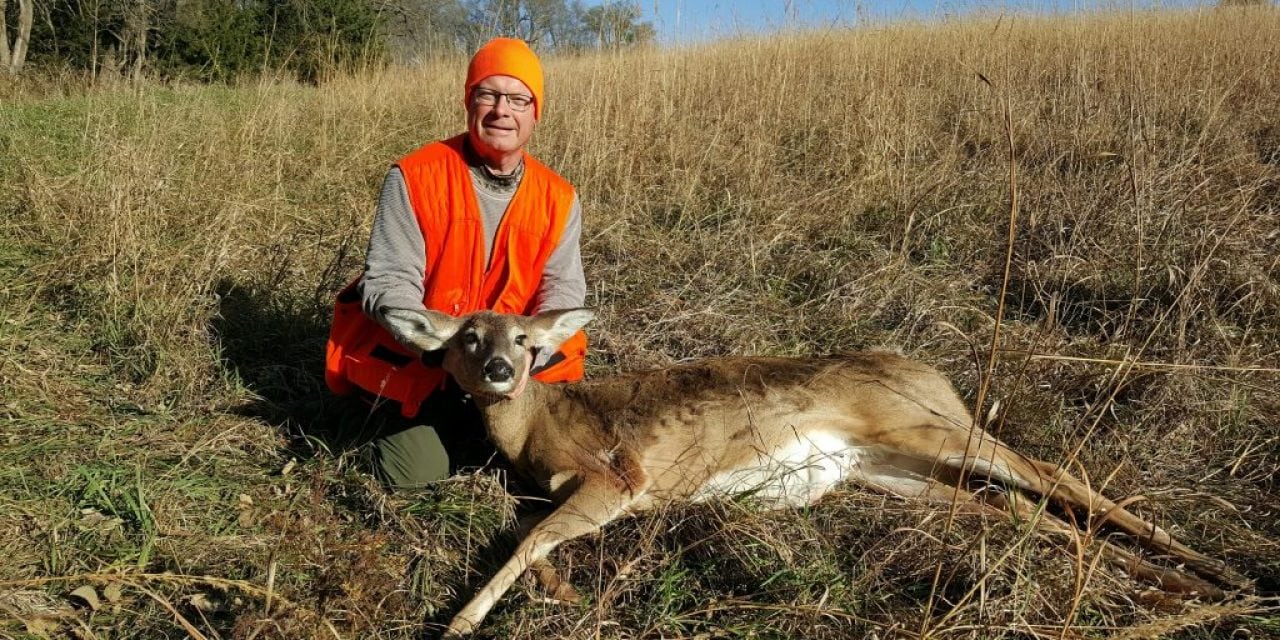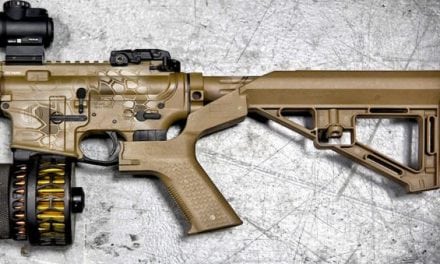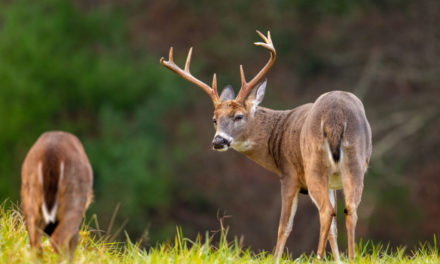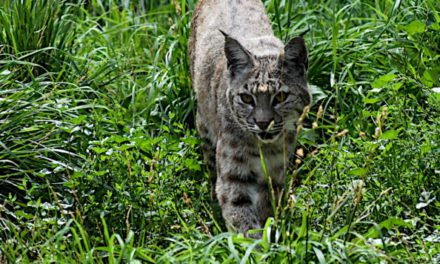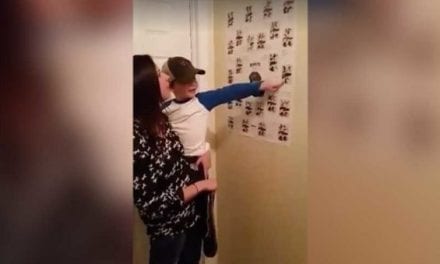You are a deer hunter, and you have just harvested a very nice white-tailed buck, or perhaps a gorgeous doe. Now, you have the opportunity to capture the moment for all of your friends and family to see. With due diligence, you can ensure the special moment is highlighted in a quality harvest photo.
The photo likely will be taken with your smartphone, iPhone, iPad or similar device to immediately share with everyone on social media. How much care will you put into that deer photo?
Do your best to convey the humility, respect, and reverence you felt for the deer when you took it.
Harvested deer are to be admired, respected and valued. They look the greatest when cleaned up a bit, properly positioned and photographed naturally in the habitat in which they lived.
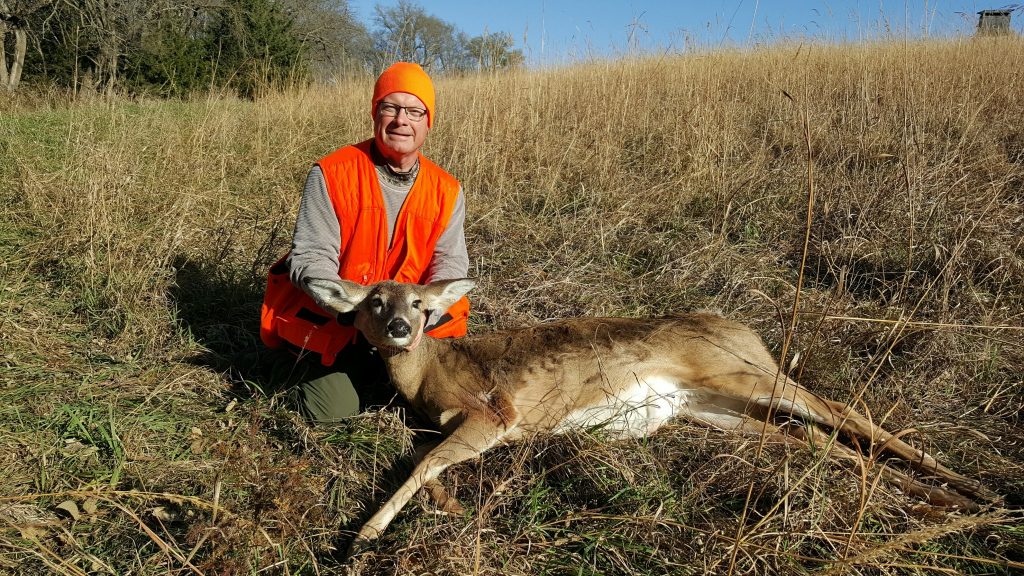
Award-winning NEBRASKAland Magazine photographer/writer Eric Fowler and I offer these tips on how to best photograph a harvested deer.
Take photos after cancelling your tag, but before field dressing. Cancel your tag/permit immediately after checking to see if the animal is deceased. Then, take your photos before field dressing it. Doing otherwise often results in a bloody mess that detracts from the photo.
Show the habitat you hunted, the clothing you wore and the weapon used (if desired). Find a suitable spot that is the essence of the terrain and habitat you hunted, but don’t let the habitat obscure your photo. Also, accurately document the memory of the hunting experience by making certain you are wearing the clothing you had donned when you harvested the animal. The legal weapon used to harvest the animal can be included in the picture, provided it is done so safely and ethically. When setting up for a deer harvest photo to include a firearm, be sure that it is unloaded, keep the action of it open and its muzzle always pointed in a safe direction. That particular weapon, especially if it is an heirloom or was handcrafted, may help to tell the story of the hunt and give the photos a more complete look and feel.
Clean the animal and you! Clean the blood from the deer’s mouth and nose if present. Remove dirt, leaves, cornstalks, blood and saliva from yourself, the hunter and the deer. Face any large exit wounds away from the camera.
No tongue. Put the deer’s tongue back in its mouth.
Antlers are not a gun rack. Don’t rest your gun or bow on the deer’s antlers. It is disrespectful to the animal.
Think about folding the legs under. Some hunters like to prop up the deer as if it was in a bedded position. This can be done by folding a deer’s legs underneath its body. If the back legs get too stiff, leave them straight out. But put the deer on its stomach so it’s upright.
Note the angle of the sun. When setting up the photo, your top option is to position the sun over the shoulder of the photographer. An exception is at sunset, when you can use a colorful sky as a background and use the camera’s flash to illuminate the hunter.
Utilize the softest light. Take your pictures early and late in the day when the light tends to be at its softest. From late morning to late afternoon, avoid direct sunlight. Cloudy days work well, too. Pose in full shade, if possible, and use a flash.
Pass on the photos at night, if possible. If you recover a deer after dark and can keep it cool enough to preserve the meat, wait until the next morning to shoot photos. You’ll benefit from more light and morning dew or frost can really add beautiful elements to the so-called hero shot, in which the successful hunter poses with their downed game.
Use fill flash or tip up the hat. A fill flash will open the shadow cast on a hunter’s face by his hat. If your camera doesn’t have a flash, have the hunter tip up their hat.
Skip the tight focus. Leave plenty of space around the subject when it comes to snapping photos of a big game animal. You can crop the image later.
Shoot lots of different pics. Horizontal photos can include the front half of the deer’s body or the entire deer’s body and surrounding landscape. Verticals can zoom in on the deer’s head and/or shoulders. Maybe you’ll shoot a close up of a buck’s antler base during the rut with tree rub residue?
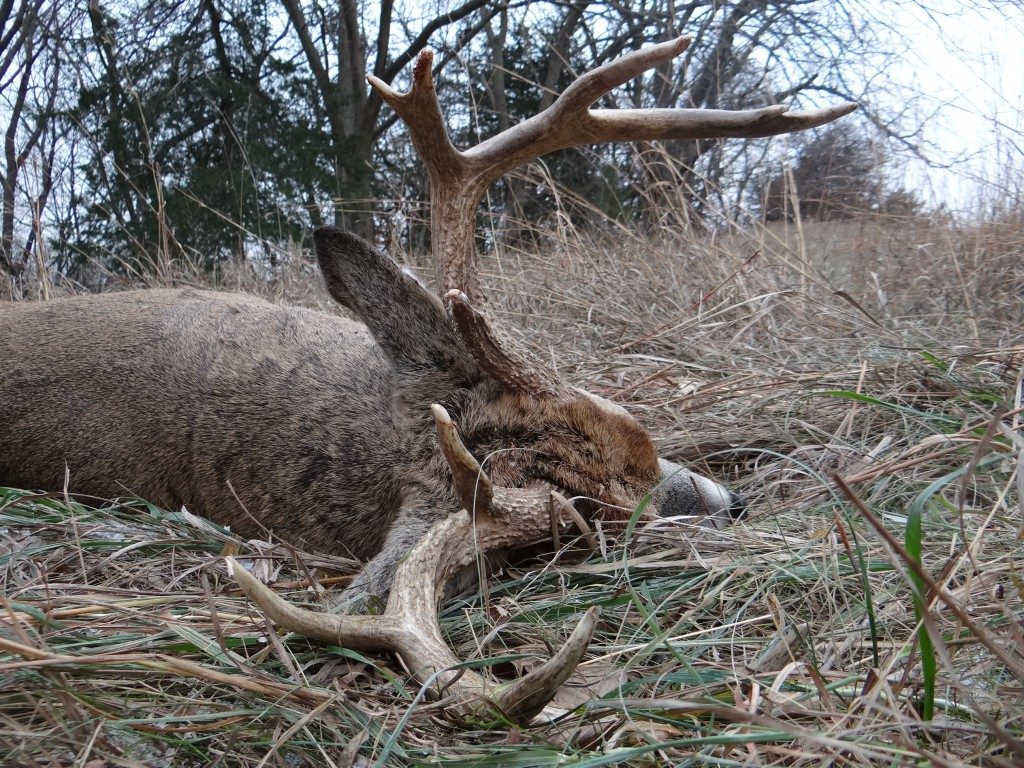
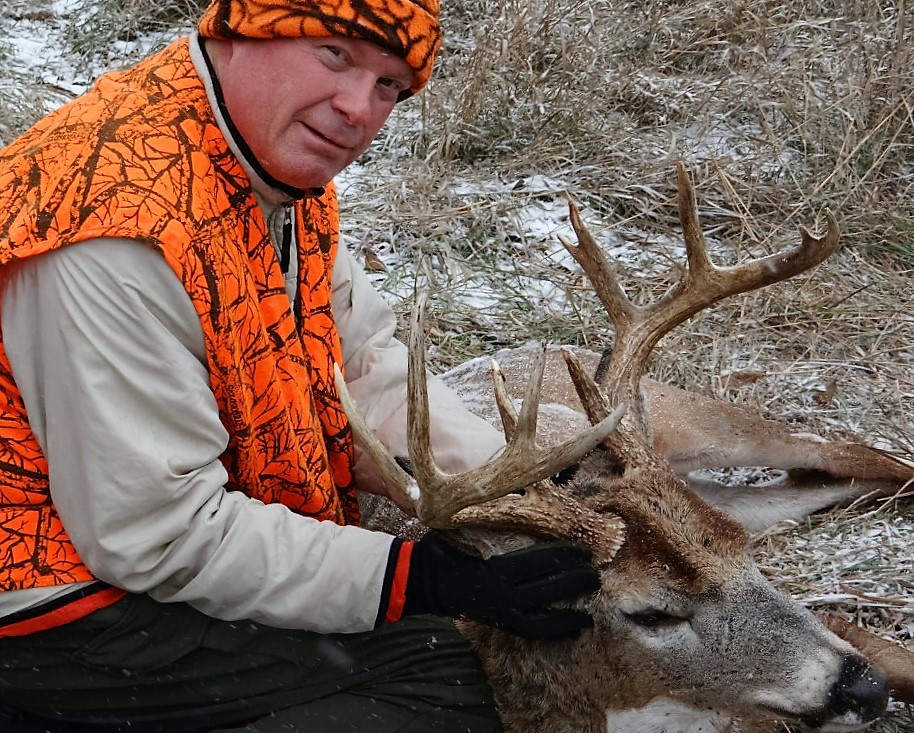
Use apps and tools. Most camera applications now have features that allow you to adjust the colors and effects on a photo, and there are a ton of wonderful apps out there that can take your photos to the next level with special effects and filters.
Quality deer harvest photos snapped with a simple camera can make any hunter proud. All it takes is a little extra time, effort and creativity to give that animal the admiration, respect and value it deserves.
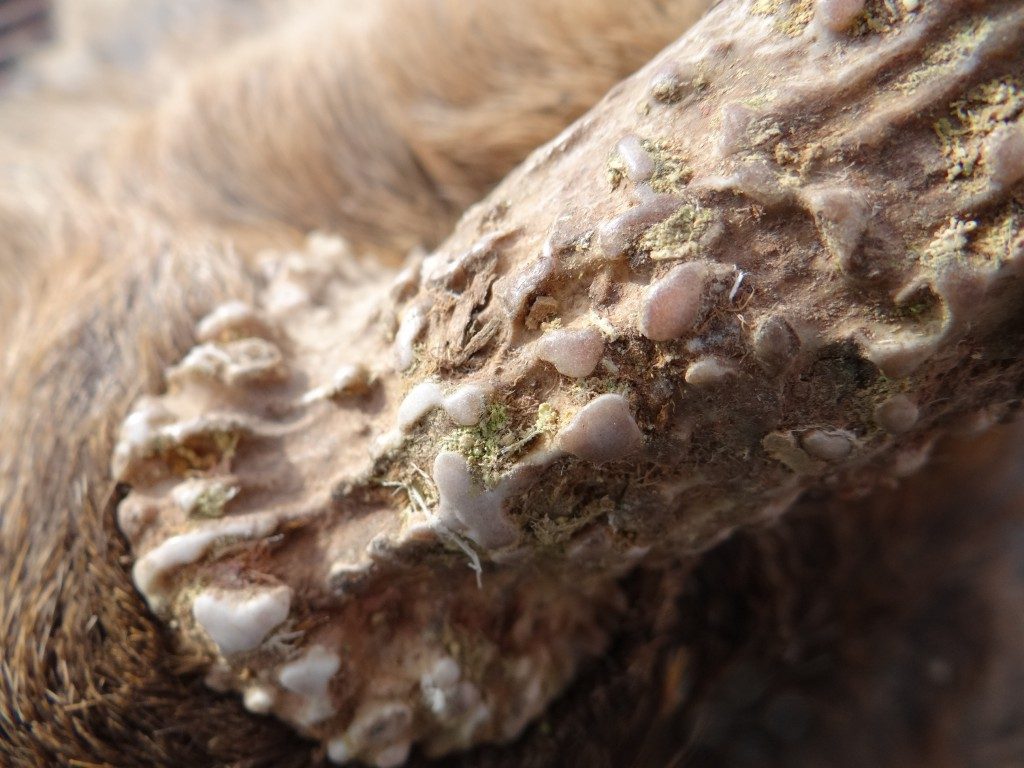
The post How to take respectful deer harvest photos appeared first on NEBRASKALand Magazine.

